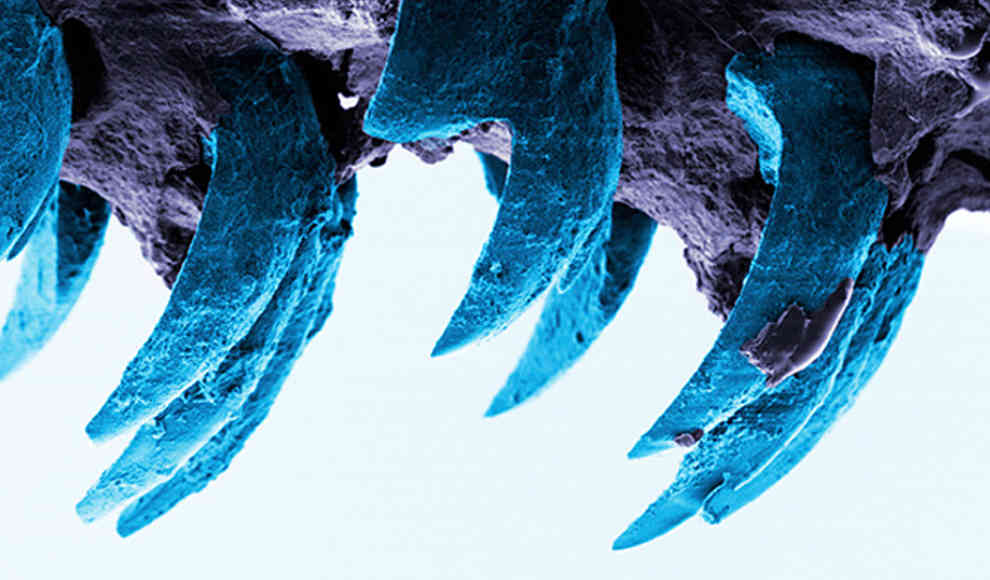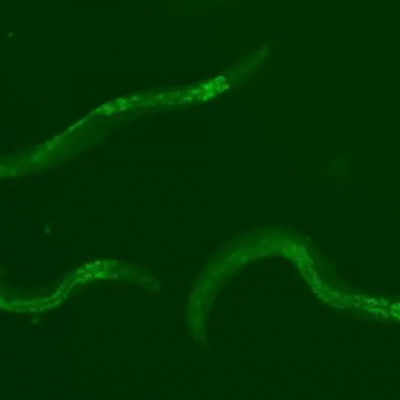The tiny teeth of the limpet snail have been discovered to be the hardest biological material known to man. These small teeth are comparable in hardness and stability to artificially produced carbon fibers. Limpet snails, with their bowl-shaped shells covering their entire bodies, are not the most exciting creatures in the sea. They spend their lives clinging to rocks in the intertidal zone and leisurely grazing on algae, stones, or wood using their tongues, which are lined with tiny teeth measuring just under a millimeter. Asa Barber and his colleagues at the University of Portsmouth have examined the small teeth of the limpet snail and made an astonishing discovery. In experiments, the scientists investigated the forces the teeth could withstand. They sliced a tooth into thin slices, hundreds of times thinner than a human hair, and then measured the stability in both lateral and longitudinal directions using a scanning force microscope.
The results surprised Barber: “We used to think that spider silk was the strongest biological material, but now we have discovered that the teeth of limpet snails have an even higher potential force. The teeth are the hardest biological material known to man and the only one comparable to the strongest artificially produced carbon fibers.” The experiments showed that the teeth could withstand forces of 120 gigapascals, equivalent to 1.2 million times the pressure of the atmosphere. The reason for the teeth’s extreme strength is not only due to the material but also to their arrangement. They consist of an organic matrix in which nanocrystals of goethite, an iron-containing mineral, are embedded. “We have discovered that the goethite fibers are precisely the right size to make the composite material so resistant,” explains Barber. However, the limpet snail teeth provide another surprise: their strength remains constant. “Normally, a larger structure has more defects and breaks faster than a smaller structure. The limpet snails break this rule because their teeth remain equally stable, no matter how large the sample is,” says Barber.
Barber and his colleagues are confident that the tooth structure will serve as a model for new artificial materials in the future. “The material could be used in the bodies of sports cars, boat hulls, or aircraft parts. Engineers are always interested in finding something that makes these components more stable and lighter at the same time,” says Barber. Nature has often been the inspiration for new materials with special properties, and the limpet snail teeth are no exception.










